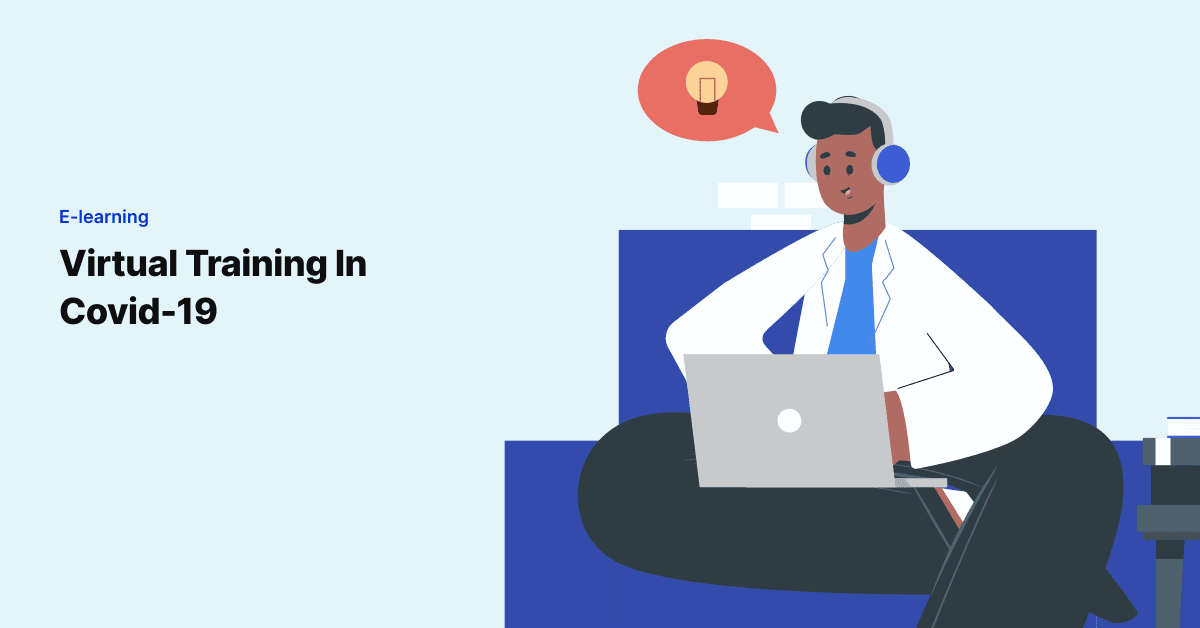
Full-Time Work vs. Contracting – Thinking of Making a Jump?
As a recruiting firm, we see many full-time employees at provider organizations longing to move into the …

Physicians are the backbone of any health system. But more and more physicians are complaining about technology burnout, reduced productivity due to non-core tasks, and increased time spent in front of a screen instead of patients. Here are the four reasons why CIOs immediately need to work on changing this scenario.
Let doctors do what they do best – caring for patients. Software is for supporting physicians’ routine, but it is quickly becoming the major time hog. Physicians need to spend the maximum amount of time possible with their patients. When doctors tend to patients, solve complex health problems, and bring a smile on the patient’s face, that is when they feel they have made a difference.
Also, research by the American Association of Medical Colleges (AAMC) predicts that by 2034, there will be
If you are the CIO, what does that mean for your physicians and your hospital? What measures will you take to ensure that it’s not just business as usual but sustained business growth? Here are the top four things that CIOs are planning to do:
Improving physician productivity is key to combating physician shortage. Intelligent automation, a combination of RPA, AI & ML, supports higher quality care, reduces time spent on repetitive administrative tasks, and improves physician productivity. Thus, RPA in healthcare has the potential to revolutionize physician productivity.
Automation in healthcare improves the data assimilation and analysis of clinical data – both structured and unstructured. It puts everything in context with the patient’s history and helps doctors in evidence-based medicine. Irrespective of which tool you use for robotic process automation in healthcare, an orchestration engine will bring everything together seamlessly.
Cloud analytics helps physicians in continuous monitoring of patient’s vitals and records and ensures accurate diagnosis and data-driven decision making leading to better care. Analytics in healthcare comprises health care data analytics, predictive health analytics, population health analytics, and health IT analytics.
Predictive health analytics helps physicians model the possible eventualities and their probabilities for patients at various stages of their care. As a result, they can alert if an adverse outcome has a high probability of occurrence, thereby allowing doctors to deal with contingencies with better preparedness.
A significant portion of physician’s time is spent in front of computer screens these days. They enter patient records, review historical data, order tests, view test results, and prescribe medicines. However, the primary time hog for physicians is using the software systems and getting stuck not knowing the subsequent steps to complete a workflow.
Imagine a physician is trying to order opioids for a post-surgical patient and cannot figure out how to complete the workflow in the EHR. The physician ends up wasting precious time trying to “figure out” the workflow, then complaining about it by creating a support ticket and waiting for a resolution.
Instead, EHR integrated Performance Support Tools solve problems related to e-learning for Healthcare then and thereby providing to-the-point solutions to complete the workflow, including microlearning videos and tip-sheets, without ever leaving the EHR application.
A typical hospital could have anywhere between 200-500 different applications to do their work. More often than not, multiple applications that various departments adopted are solving the same problem. It is clear that if these are consolidated, physicians will have to deal with a lesser number of applications, their learning curve would reduce, improving their efficiency. SMART on FHIR® allows for seamless data interchange between various software using the HL7 FHIR® standards.
You could use FHIR® to HL7 and FHIR® to CCD converters to eliminate legacy applications even for older software.
While data security is paramount, it has been historically cited as the number one reason for not allowing doctors to access their data from “outside the organization.” However, with many hospitals on their way to cloud migration, there is a paradigm shift in managing secure remote access for healthcare professionals.
Implementation of newer technologies like Data Lakes and Lakehouses further bolster the RoI of migrating healthcare data to the cloud and allow doctors to care for their patients with the most up-to-date data.
Remember, consumerism in healthcare is a reality, and you can only win the game if your physicians are empowered and happy. So, what’s your next move?
Join over 3,200 subscribers and keep up-to-date with the latest innovations & best practices in Healthcare IT.

As a recruiting firm, we see many full-time employees at provider organizations longing to move into the …

When launching a solution-oriented healthcare IT project for a hospital or health system, there are several …

When it comes to selecting healthcare IT vendors to support EHR implementation, there is a fairly long list of …